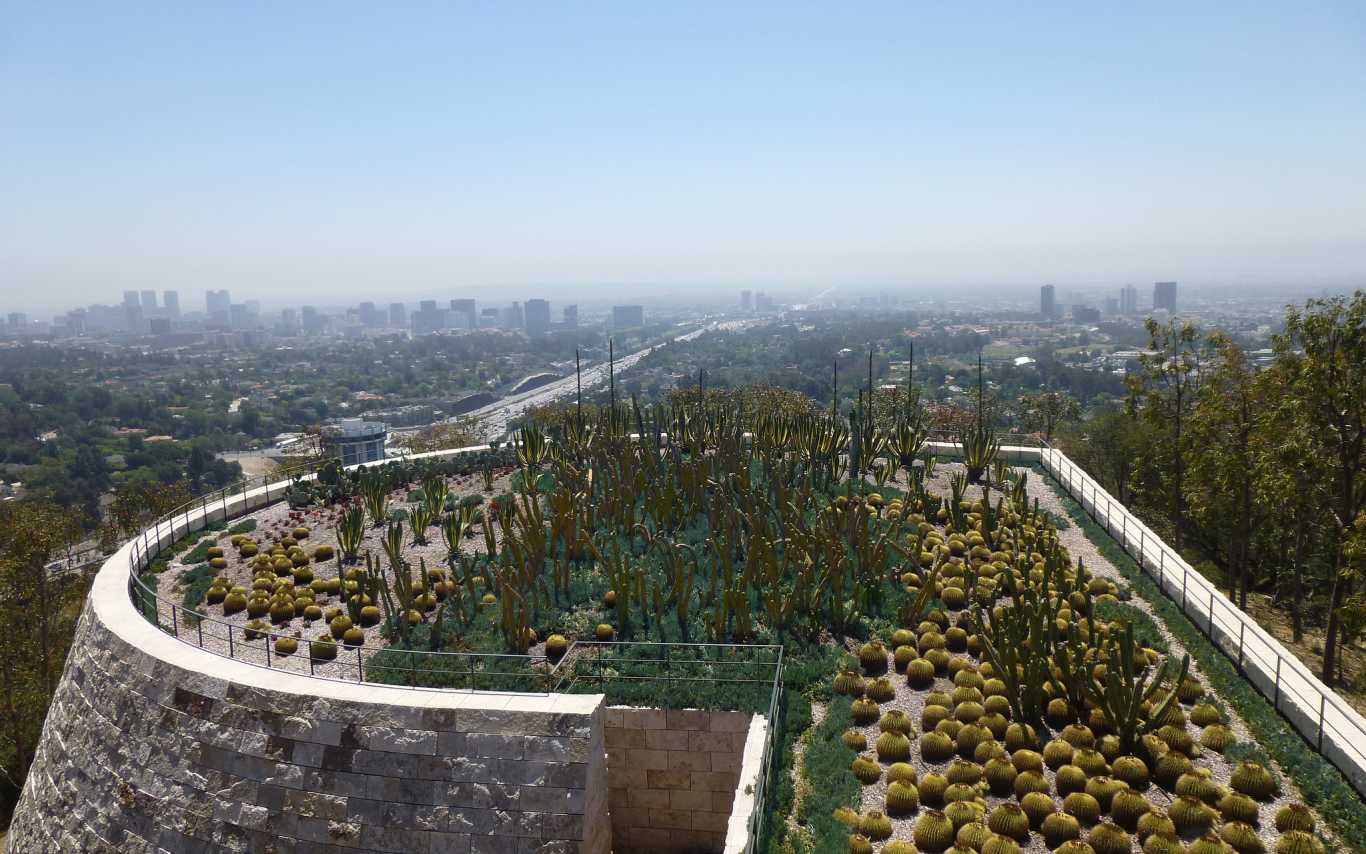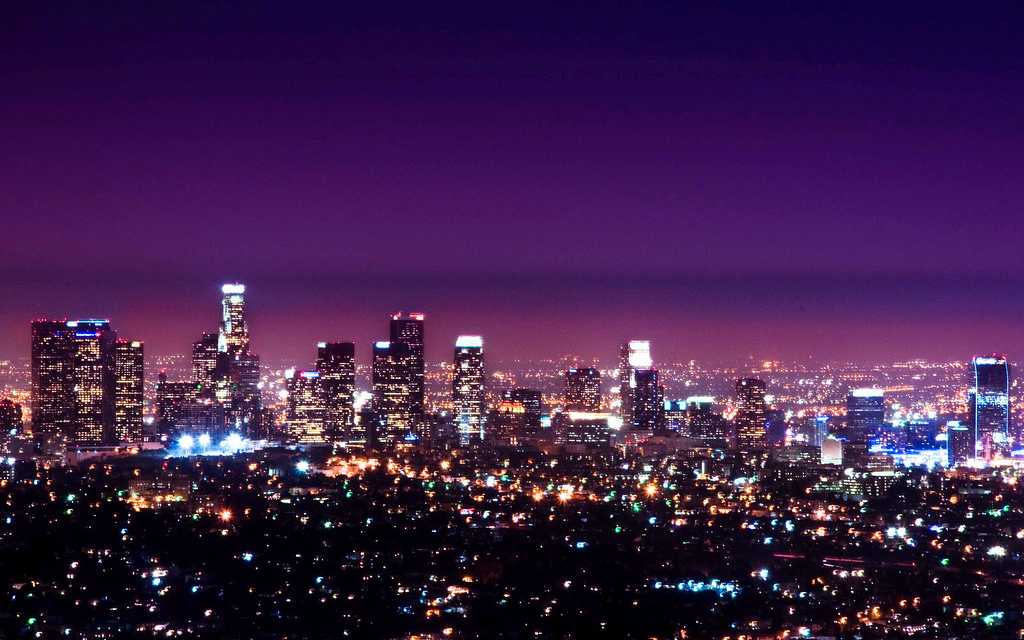
#Los angeles weather free
Put our free WeatherStreet weather lookup on your web page. Low clouds and fog in the morning then partly cloudy. Partly cloudy early then low clouds and fog. Highs from the mid to upper 60s at the beaches to the lower to mid 70s inland. Low clouds and fog in the morning then sunny. Mostly clear early then low clouds and fog. Highs from the upper 60s to mid 70s at the beaches to the lower to mid 80s inland.

Highs from the mid to upper 80s at the beaches to 94 to 100 inland. Northeast winds around 15 mph after midnight. Get the most accurate Los Angeles area weather information, interactive radar, and 7-day forecast for Southern California, including L.A., Orange County. (Weather station: Los Angeles / USC Campus Downtown, USA). North winds around 15 mph shifting to the west in the afternoon.Ĭlear. Los Angeles 14 Day Extended Forecast Time/General Weather Time Zone DST Changes Sun & Moon Weather Today Weather Hourly 14 Day Forecast Yesterday/Past Weather Climate (Averages) Currently: 68 F. Highs from the upper 70s to mid 80s at the beaches to the lower to mid 90s inland. Southwest winds around 15 mph shifting to the southeast after midnight. Southwest winds around 15 mph in the afternoon. Highs from the mid 60s to around 70 at the beaches to around 80 inland. Sunny.except for patchy morning low clouds and fog near long beach. He is emeritus professor of meteorology at San Francisco State University.90001 WEATHER WARNINGS (SEVERE T-STORM & TORNADO) An EF1 tornado also touched down in March in the Central Valley.Ĭorrection: A previous version of this story misstated John Monteverdi’s affiliation. Two tornadoes also occurred in Southern California in March, including an EF1 tornado that was the strongest recorded in the Los Angeles metropolitan area since 1983.ĮF1 tornadoes have estimated wind speeds between 86 and 110 mph. The two tornadoes in Los Angeles County last week were rated EF0, meaning they produced damage consistent with wind speeds between 65 and 85 mph. More than half of the state’s tornadoes fell under the F0 or EF0 categories, corresponding to light damage, like visible damage to a house’s gutters or siding, as opposed to shattered windows.

Most of California’s reported tornadoes are relatively weak, based on the Enhanced Fujita Scale and its predecessor, the Fujita Scale, which rate tornadoes on the amount of damage they produce. “There is no coincidence that that’s the period when tornadoes are most frequent in the state.” “The peak in thunderstorms in California is between February and April,” Monteverdi said. That means the region’s defenses are down for storms during those months. While California’s marine layer keeps unstable air from rising during Bay Area summers, it’s “pretty nonexistent in the winter,” said Chronicle meteorologist Gerry Díaz. These months coincide with the main ingredient needed for tornadoes: thunderstorms. That said, official records probably don’t include all of California’s tornadoes, as events were largely underreported before the 1980s, Monteverdi said. Most of the state’s tornadoes occur from January through April, with a peak in February and March. “You have on one side the Santa Cruz Mountains and then the other side the Diablo Range,” Monteverdi said. While the Central Valley and Los Angeles area generally see the most tornadoes in California, the Bay Area also has conditions ripe for spin-ups, especially the Santa Clara Valley. The resulting rotating column of air is a tornado.
/KMD14SantaMonicaPierFog_0016xl-56a3e7f85f9b58b7d0d46252.jpg)
“And then imagine if a thunderstorm forms, at the ground, and you tilt that air upwards into the thunderstorm and it begins to rotate.”

“Then at 18,000 feet, imagine that the wind is coming from the southwest, so it’s coming at right angles to the wind at the ground,” said John Monteverdi, emeritus professor of meteorology at San Francisco State University.


 0 kommentar(er)
0 kommentar(er)
